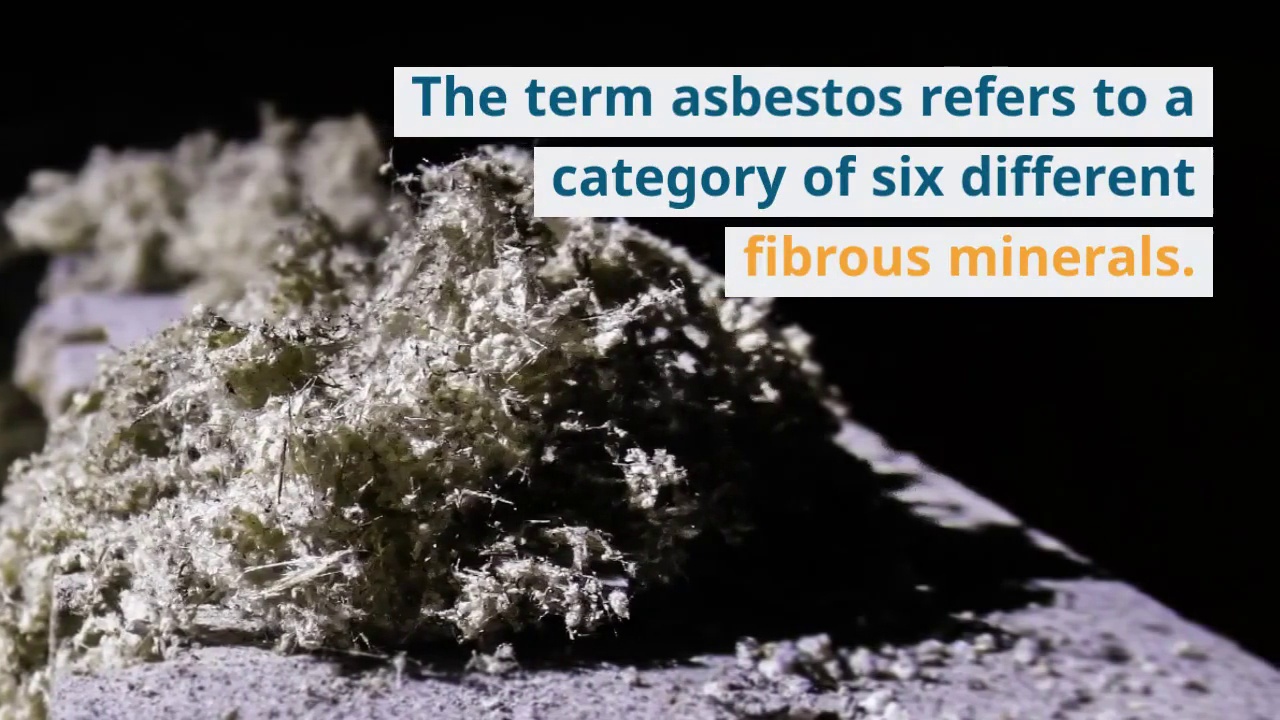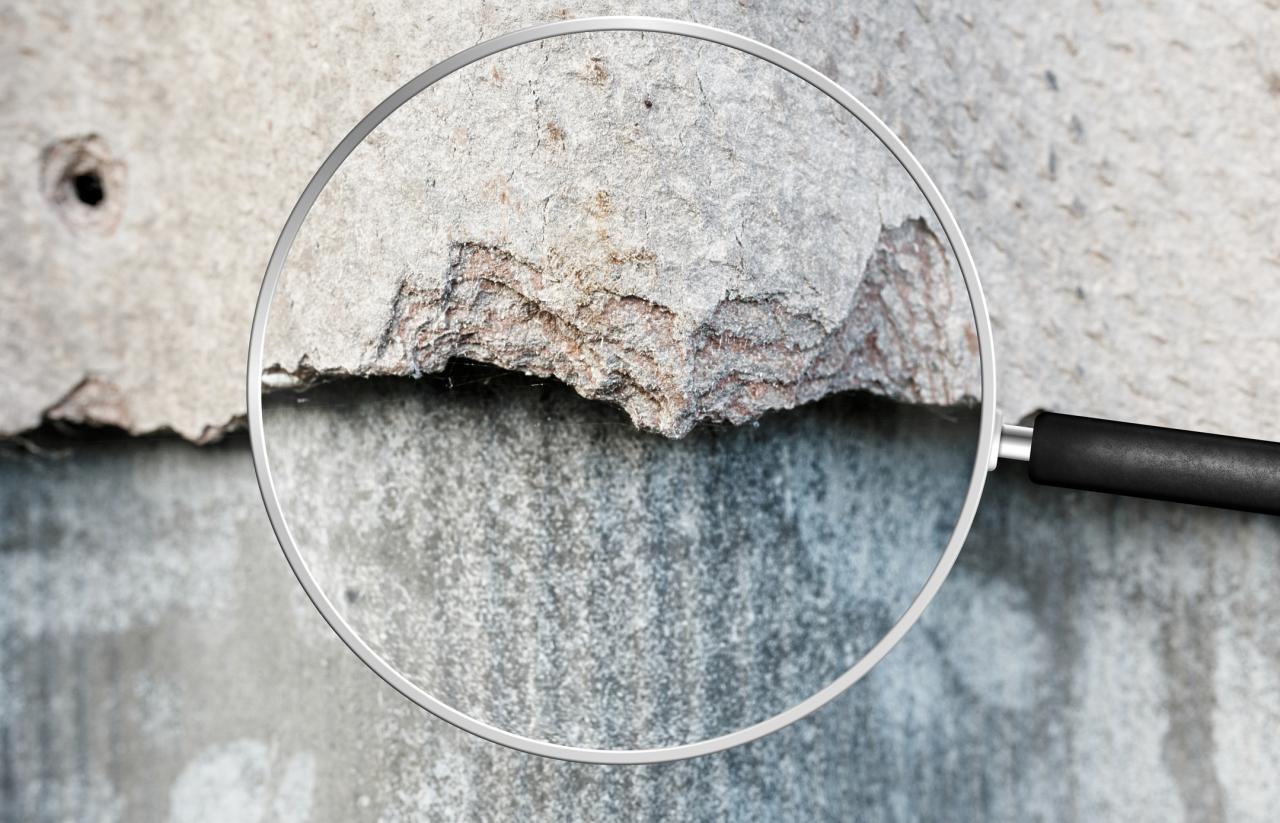Asbestos testing kit sets the stage for this enthralling narrative, offering readers a glimpse into a story that is rich in detail and brimming with originality from the outset. These kits serve a crucial purpose in identifying the presence of asbestos, a hazardous material that poses significant health risks when disturbed. With various types available on the market, ranging from DIY kits to those intended for professional use, understanding their applications is essential for homeowners and businesses alike.
Before embarking on any renovation or demolition project, knowing how to utilize an asbestos testing kit not only safeguards your health but also ensures compliance with legal regulations. The diversity of kits reflects the varied scenarios one may encounter, whether it’s a simple home inspection or a comprehensive assessment in commercial properties.
Understanding Asbestos Testing Kits
The necessity of asbestos testing kits stems from the potential health risks associated with asbestos exposure. Asbestos, once celebrated for its fire-resistant properties, is now infamous for its link to serious health conditions such as asbestosis and mesothelioma. Implementing an effective testing regimen using asbestos testing kits is crucial in safeguarding both residential and commercial spaces from this hazardous material.
Asbestos testing kits are designed to identify the presence of asbestos in various materials, thus enabling property owners to take necessary action. There are several types of asbestos testing kits available in the market, each catering to specific needs and environments. These kits typically include sampling materials, instructions for safe collection, and sometimes laboratory analysis options to ensure accurate results.
Types of Asbestos Testing Kits
Different asbestos testing kits serve varied purposes depending on the materials being tested and the context of their use. Understanding these types is key to selecting the appropriate kit for effective testing.
- DIY Kits: These kits are designed for individuals to collect samples themselves. They often include necessary tools and guidance for sampling materials like insulation or ceiling tiles.
- Laboratory Test Kits: These are more comprehensive, allowing users to send collected samples to certified laboratories for detailed analysis. They provide a higher assurance of accuracy in results.
- Bulk Sampling Kits: Intended for larger projects, these kits include multiple sampling tools and detailed protocols for comprehensive testing across various areas.
- Air Quality Testing Kits: These kits analyse airborne asbestos fibres, essential in environments with suspected contamination, ensuring the air quality meets safety standards.
Applications and Scenarios for Testing
Asbestos testing is vital in numerous situations, particularly when dealing with older buildings or renovations where asbestos may be present. The implications of skipping this step can be severe, making awareness and proactive testing crucial.
- Home Renovations: Before undertaking renovation work in homes built before the 1990s, testing for asbestos ensures that any materials containing asbestos are handled properly.
- Property Sales: Prospective buyers may request an asbestos survey to ascertain the safety of the property, influencing purchasing decisions and negotiations.
- Commercial Properties: Businesses are legally required to assess their premises for asbestos, especially if they operate in older buildings, to ensure compliance with health and safety regulations.
- Emergency Situations: In case of damage to structures that may contain asbestos, prompt testing is essential to safeguard the health of occupants and workers during repairs.
Implementing asbestos testing not only protects health but also enhances the overall value and safety of properties.
Procedures for Using Asbestos Testing Kits
Utilising an asbestos testing kit is a critical step in ensuring safety when dealing with potential asbestos-containing materials. The proper use of these kits is essential to obtain accurate results that can inform necessary actions regarding health and safety. Below is a structured guide to facilitate effective testing procedures while prioritising user safety.
Step-by-Step Guide for Testing
Following a systematic approach is vital to the success of your asbestos testing. Adhere to the steps below for proper execution:
- Gather Your Materials: Ensure all required materials are at hand before starting the procedure.
- Read Instructions: Familiarise yourself with the specific instructions provided with your kit, as there might be variations between different products.
- Prepare the Testing Area: Ensure the area is well-ventilated and clear of unnecessary items. This reduces contamination risk.
- Put on Safety Gear: Equip yourself with a facemask, gloves, and protective eyewear to minimise exposure.
- Collect Sample: Use the sample collection tool provided in the kit to collect material carefully from the suspected area. Avoid disturbing the material excessively to prevent fibre release.
- Seal the Sample: Place the collected sample in the designated container, ensuring it is sealed tightly to prevent leakage.
- Label the Sample: Clearly label the container with the date, location, and material type for accurate tracking.
- Send for Analysis: Follow the kit instructions for sending the sample to a laboratory for analysis. Ensure all forms are filled out accurately.
Safety Precautions
Safety is paramount during the asbestos testing process. Implement the following precautions to safeguard your health:
Always assume that materials contain asbestos until proven otherwise.
The importance of wearing appropriate personal protective equipment (PPE) cannot be overstated. It significantly reduces exposure to hazardous materials.
- Ensure good ventilation in the testing area to disperse any airborne fibres.
- Do not eat, drink, or smoke in the vicinity of the testing area to prevent ingestion of fibres.
- Be aware of your surroundings and avoid creating dust clouds that could release asbestos fibres into the air.
- If in doubt, consult with a professional asbestos surveyor or testing service.
Checklist of Materials Needed
Having the right materials on hand is crucial for effective testing. Below is a checklist to ensure you’re fully equipped:
- Asbestos testing kit (including sample collection tools)
- Sealable sample containers
- Labels for sample identification
- Protective gloves
- Safety goggles
- Disposable facemask or respirator
- Plastic sheeting (for containment during sample collection)
- Waste disposal bags (for used materials)
Interpreting Results from Asbestos Testing Kits

Understanding the results from asbestos testing kits is crucial for both personal safety and regulatory compliance. The interpretation of these results determines the next steps in managing asbestos exposure, whether that involves remediation, further testing, or simply monitoring the situation. With various types of kits available, it is essential to grasp how to read the findings accurately.
The results obtained from asbestos testing kits can vary significantly based on the type of kit used—be it a DIY home testing kit or a professional laboratory analysis. Each method has its own set of protocols for interpretation, which must be understood to ascertain the potential risk associated with asbestos-containing materials (ACMs).
Reading Results from Various Testing Methods
The interpretation of results can differ notably between DIY tests and laboratory analyses, each presenting its own advantages and limitations. Below are key aspects to consider for each method:
- DIY Testing Kits:
DIY kits often provide qualitative results indicating the presence or absence of asbestos. The results typically come in a simple ‘positive’ or ‘negative’ format. While convenient and cost-effective, these tests may lack accuracy and sensitivity, leading to false negatives. - Laboratory Analysis:
A professional laboratory will provide quantitative results, detailing the percentage of asbestos present in samples. This method is more reliable and can identify different types of asbestos, offering a comprehensive assessment of risk.
In laboratory results, the findings are usually presented in a detailed report, which may include the following key components:
| Component | Description |
|---|---|
| Sample ID | An identifier for the sample tested. |
| Type of Asbestos | Indicates whether chrysotile, amosite, or other types were found. |
| Concentration | The percentage of asbestos present in the sample. |
| Test Method | The specific technique used for analysis, such as PLM or TEM. |
Common Misconceptions about Asbestos Test Results
Misinterpretations surrounding asbestos testing results can lead to significant hazards. It is vital to clarify several misconceptions that may arise during the testing process:
- Positive Results Always Indicate Immediate Danger:
While the presence of asbestos is concerning, the level of risk depends on the condition of the material and the potential for fibres to be released into the air. - All Asbestos Types are Equally Harmful:
Although all forms of asbestos are toxic, some, like chrysotile, may pose different levels of risk compared to amphibole types, such as amosite or crocidolite. - DIY Tests Are Sufficient for Safety Decisions:
Relying solely on DIY tests can be misleading. Professional analysis is recommended for accurate results that inform safety measures.
“Understanding the nuances of asbestos testing results is critical for effective management of potential exposure risks.”
Legal and Regulatory Considerations

Asbestos testing is not merely a matter of personal safety; it is governed by a complex web of regulations that vary significantly between regions. Understanding these legal frameworks is essential for homeowners and businesses alike, as failing to adhere to them can have serious implications. This section Artikels the key regulations and provides insights into the consequences of positive asbestos test results.
Regulations Surrounding Asbestos Testing
The regulations surrounding asbestos testing differ widely across various jurisdictions, reflecting local concerns and historical contexts regarding asbestos use. In the United Kingdom, the Control of Asbestos Regulations 2012 mandates that employers and property owners must conduct risk assessments for asbestos. Meanwhile, in the United States, the Environmental Protection Agency (EPA) regulates asbestos through the Asbestos Hazard Emergency Response Act (AHERA) and the Clean Air Act. Local laws can further complicate matters as states or regions may impose additional requirements, necessitating a thorough understanding of both federal and local regulations.
Implications of Positive Test Results, Asbestos testing kit
A positive test result for asbestos can have far-reaching implications for homeowners and businesses. For homeowners, it may trigger mandatory reporting to local health authorities, and remediation efforts could become a legal obligation. Businesses, particularly those operating in older buildings, may face potential fines for non-compliance with safety regulations, especially if they fail to inform employees about exposure risks.
Compliance with asbestos regulations is not optional; it is a legal requirement aimed at protecting public health and safety.
Resources for Legal Requirements and Safety Guidelines
For those seeking further information regarding legal requirements and safety guidelines related to asbestos, numerous resources are available. Understanding these resources is vital for ensuring compliance and enhancing safety measures. Below is a selection of reputable sources:
- Health and Safety Executive (HSE) – Comprehensive guidance on asbestos regulations in the UK.
- Environmental Protection Agency (EPA) – Offers resources on asbestos management and compliance in the USA.
- National Institute for Occupational Safety and Health (NIOSH) – Provides guidelines on asbestos exposure and safety protocols.
- Asbestos Disease Awareness Organization (ADAO) – Advocacy and educational resources surrounding asbestos-related diseases.
- Local government health departments – Often provide region-specific regulations and advice on asbestos handling.
Navigating the intricate landscape of legal proceedings can be daunting, especially when it comes to cases involving asbestos. Engaging with asbestos lawsuit lawyers is crucial, as they possess the expertise needed to guide individuals through the complexities of such claims. Furthermore, if you’re concerned about potential asbestos in your environment, it’s vital to learn how to test for asbestos in your premises safely , ensuring both your safety and compliance with regulations.
Understanding the legalities surrounding asbestos can significantly impact one’s course of action. That is why consulting with asbestos lawsuit lawyers is essential to navigate these legal complexities effectively. Additionally, prior to any legal steps, it is prudent to discover how to test for asbestos in your premises safely , safeguarding your health and the wellbeing of those around you.